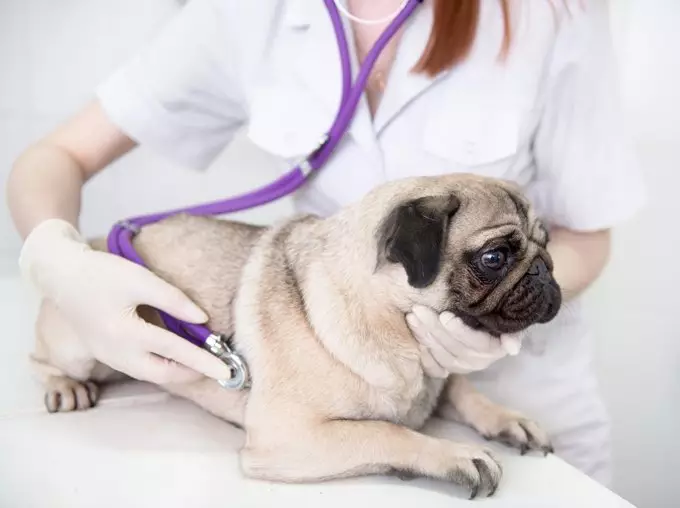Spaying and neutering are common surgical procedures designed to control the pet population and promote responsible pet ownership. Spaying involves the surgical removal of a female dog’s reproductive organs, specifically the ovaries and uterus, necessitating an incision in the abdomen. Neutering, on the other hand, pertains to males and involves the removal of the testicles, typically through small incisions in the skin. While these procedures are largely routine and performable at veterinary clinics, the involvement of surgery naturally raises concerns over pain and discomfort experienced by pets.
It is crucial to address that both spaying and neutering, like any surgical operations, can induce a level of pain. However, the veterinary field has made tremendous strides in pain management over the years. Pre-surgical protocols often include administering analgesics, which help reduce pain perception even before the surgery starts. This preemptive approach is beneficial, as it allows pets to undergo these necessary operations with a minimized response to pain.
Post-operative pain management is equally important. After the surgery is complete, veterinarians typically send pets home with medications specifically designed to alleviate discomfort. This proactive management helps owners ensure that their beloved animals are comfortable during the recovery period, which is essential to their overall well-being.
Post-surgical care doesn’t end once medication is administered; pet owners must remain vigilant for any signs of pain or distress. Animals often communicate their discomfort through behavioral changes such as increased irritability, reluctance to eat, or diminished interest in activities they usually enjoy. Such indicators can be subtle but should never be overlooked. Knowing your pet’s normal behavior can help you notice if something is amiss after surgery.
Veterinarians should be approachable and responsive to pet owners’ concerns, and asking about signs of pain and the plan for pain management can make a positive difference. Don’t hesitate to discuss any uncertainties regarding your pet’s pain management with your vet before the procedure.
While spaying and neutering surgeries do involve pain, the advancements in veterinary medicine have equipped professionals with tools and techniques to manage it effectively. The emotional and physical well-being of pets is a top priority, and many veterinarians are committed to ensuring that surgeries are as humane and pain-free as possible.
Pet owners have a critical role to play in pain management post-surgery, as they can observe their pets closely and ensure any signs of discomfort are addressed promptly. By taking advantage of the advances in pain management and by fostering an open line of communication with your veterinarian, you can help ensure that your pet has a smooth and comfortable transition after these essential procedures.

